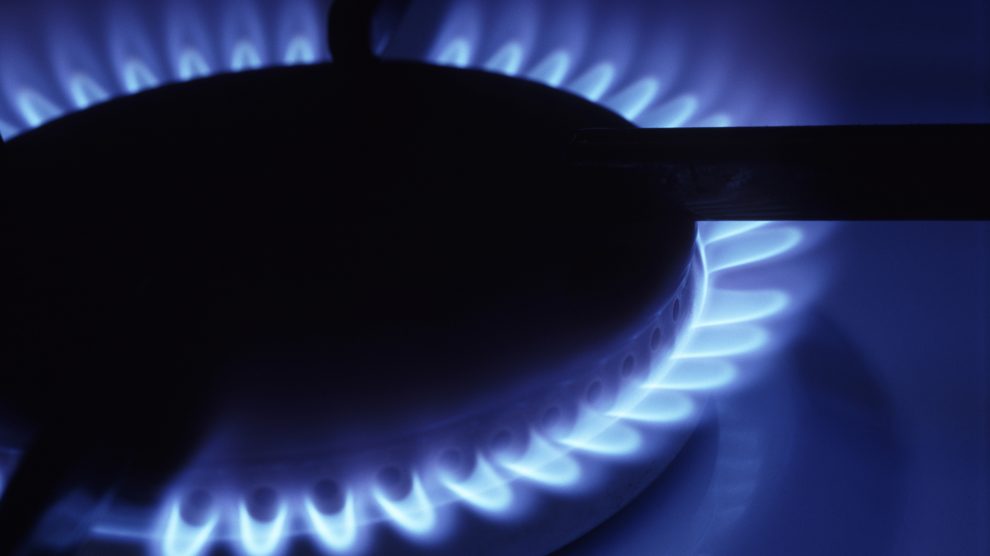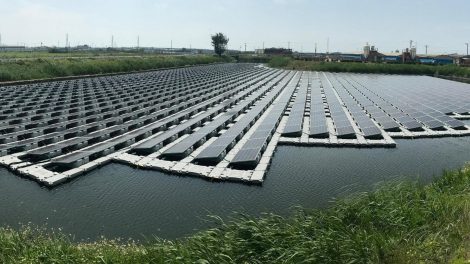Readying for winter. As Russia escalates its economic war against Europe by choking its gas supplies, Italy is lining up with other EU countries by readying an energy savings plan to ensure the safety of supplies throughout the cold season.
- Rome qualified for an exception with regards to the 15% curb proposed by the European Commission, seeing as it moved earlier in the year to secure additional natural gas supplies from non-Russian sources.
Draghi-approved. This plan, circulated by the Ministry for the Ecological Transition, is set to become one of the last major measures taken by the outgoing government headed by PM Mario Draghi. It aims to curb gas usage by 7% (roughly 3.6 billion cubic metres) from now to the end of March 2023, so as to preserve the accumulated reserves for both the 2022-2023 and 2023-2024 seasons.
Here are the short-term measures.
- Shortening the traditional winter heating schedule by two weeks.
- Capping indoor temperatures to 19°C (with a two-degree tolerance each way).
- Reducing scheduled heating hours in homes and offices alike.
- Increasing power production from alternative sources, such as coal.
The medium term. Looking ahead – namely, the second half of 2024 –, the plan outlines a roadmap to “drastically reduce” Italy’s dependence on Russian gas (which is already less than half, compared to 2021) and move away from using that fossil fuel.
- All the initiatives will allow Italy to substitute roughly 30 bcm of Russian gas with 25 bcm of non-Russian gas, covering the remaining 5 bcm with energy efficiency measures and renewables, by 2025.
- This includes boosting national production from 3 to 6 bcm.
- The entire process, according to the plan, will not hinder Italy’s 2030 decarbonisation goals.
The European side. Meanwhile, EU member States are waiting for their ministers to shake hands on a joint emergency plan – which should happen by Friday. The Commission has indicated that countries are readying to adopt measures such as a price cap on gas and the decoupling of electricity prices from gas prices, which currently set the formers.





